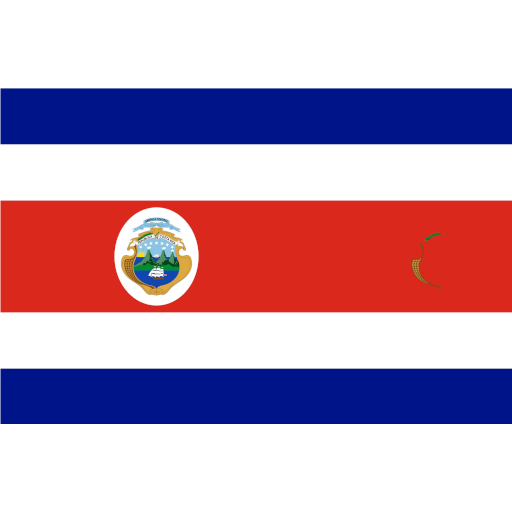The Income Tax Law (LISR) grants taxpayers the possibility of making deductions, as long as the requirements outlined in the law are met; being one of these requirements, for tax deduction, that the concept is strictly indispensable to the taxpayer’s activity.
In this sense, on May 16 of this year, the Second Section of the Superior Chamber of the Federal Court of Administrative Justice (TFJA), announced its criteria on the deductibility of certain expenses incurred by companies under a non-exclusive brand license agreement to market their products.
In this regard, it is important to know the arguments that were considered by said Court to explain whether the expenses incurred for marketing, promotion, and advertising are strictly essential for the activity of each taxpayer, in terms of the tax provisions, specifically of the LISR.
Regarding the strict necessity, the Supreme Court of Justice of the Nation has issued some criteria by publishing various theses in this regard; in which they establish that: “… it must be a necessary expense so that their activities are fully completed, so that, if it is not done, they would have to be reduced or suspended…” 1
In this order of ideas, it is clear from the thesis above that the qualification of “strictly indispensable” must meet the purposes of each company and the specific type of expenditure. That is, it will depend on the corporate mission and for the purposes for which the company was created, as well as the nature of the expenses and if they contribute to said goal.
There are three premises within the tax doctrine that support or comply with the term "strictly indispensable," which are:
• That the expense is directly related to the activity of the company.
• That it is necessary, in order to achieve the ends of its activity or its development.
• That, if it does not occur, it could affect their activities or hinder their normal functioning or development.
By virtue of the foregoing, the court (TFJA) considered that the expenses for promotion and publicity will not be deductible in terms of the LISR as they are not strictly indispensable expenses, when these are granted through a Non-Exclusive License Agreement for the Use and Exploitation of Intangibles, which allows the use and exploitation of a brand to commercialize certain products.
Likewise, it is pointed out that they are considered non-deductible since they increase the value of the brand to the holder, given that this type of expenses is aimed at positioning it in the market, to make the product known among consumers.
It is important to note that, within the same publication, the court (TFJA) considered as deductible the marketing expenses for companies that sell products under brands whose use and exploitation are granted through a non-exclusive brand license agreement since they are strictly indispensable expenses.
The preceding, as long as said expenses are directly related to the activity of the company since it is through them that the product, the conditions, and distribution routes for sale are granted although the company is not the owner of the brand under which it markets its products.
We can conclude that the company that grants the non-exclusive use and exploitation of intangibles through contracts (brand owner) must absorb advertising and promotion expenses due to being the owner of the brand, while the company that serves as a licensee can only deduct the marketing cost of products as it is understood that the organization that has the proprietary rights is already paying royalties to the owner of the brand, where the promotion and advertising expenses are immersed.
It is important to mention that these criteria are adopted through isolated theses; that is to say, that it is not a mandatory application criteria so that each taxpayer may, in case of a review by the authorities, be able to support and give the necessary arguments of the strict indispensability of this type of expenses depending on the case.
If you have any questions or need advice, do not hesitate to contact us.
1 Tesis 2ª. CIII/2004 (en línea) Novena Época, de la Segunda Sala de la SCJN, Tomo XX, diciembre 2004, página 565. (consultado: 31 de julio de 2019). Disponible en: http://cesmdfa.tfja.gob.mx/pdf/Rev_TFJA_Jul_2019.pdf























